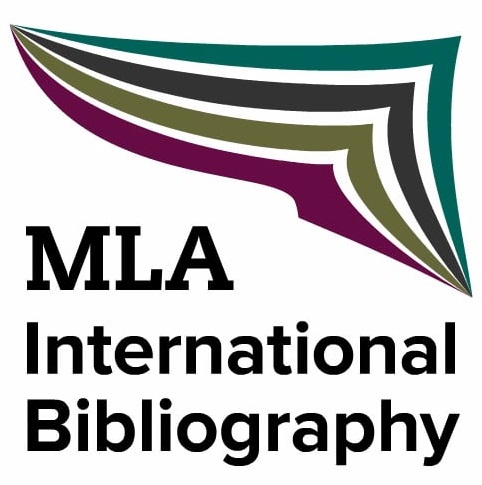Fake Tourism and Images: An Hypothesis of Visual (and Ideal) Story of Tourist Experience
DOI:
https://doi.org/10.13135/2281-6658/4026Keywords:
Fake Tourism, Image, Narration, Media, Tourism ManagementAbstract
The everyday technological abundance and proliferation of media and visual objects have progressively modified our perception and signification processes, but also our existence. Our actions are now often a result of our ongoing relationship between our Being (and our intentions) and media devices through which we tell our stories as subjects-objects of an everyday epos that exists since it is co-constructed, lived and shared from – and into – media environments, resulting in an immediacy that makes a radical mediation, to equalize the ontological differences, possible. Today images are the main code of performative and representative expression of the Social Humanity. Images "exceed", according to Mitchell, by appearing as objects but still maintaining also some potential existential declinations. In the most common form of global human transit, which is tourism, the image becomes a recognizable "sign" of the destination and, because of its immediacy, an object of the research made by the visitor's gaze, according to Urry. The reification of the place makes it simpler and reproducible and the image of the destination is the only one that remains beyond the tourist trip itself. Over and above Benjamin's mechanical reproduction, within the reproducibility of the journey and place, the image becomes paradoxically an expressive limit and a return to the past. Tourists are "guilty" of being driven by a mimetic desire – from the days when the industrialist travelled to imitate the nobleman – and try hard to stand out from that mass of which they are part. Images produced by tourists confirm this flattening of the tourist experience. While tourists could extensively express their individuality through devices, they do nothing but reproduce known, lived and recognizable subjects, narrations and frames. This is the paradox of the image: the expression of the movement of travellers turns out to be their self-imposed cage as the image appears to be a social comfort-zone to escape an unconscious confusion between real and communicated, representation and mystification. This paper will analyse the phenomenon of the fake tourism spread for representing locations that have never been reached and trips that have been faked through media.Downloads
Downloads
Published
Issue
Section
License
Authors keep the copyrights for their work and give the journal the work’s first publication copyright, which is at the same time licensed under a Creative Commons License – Attribution, which in turn allows other parties to share the work with an acknowledgement of the work's authorship and initial publication in this journal.
Content Licence

You are free to copy, distribute and transmit the work, and to adapt the work. You must attribute the work in the manner specified by the author or licensor (but not in any way that suggests that they endorse you or your use of the work).
Metadata licence

CoSMo published articles metadata are dedicated to the public domain by waiving all publisher's rights to the work worldwide under copyright law, including all related and neighboring rights, to the extent allowed by law.
You can copy, modify, distribute and perform the work, even for commercial purposes, all without asking permission.





